Preventing an emergency from turning into a disaster requires political, operational and technical elements. The extent to which each is important varies according to the risk, but almost all emergencies require all three in some ratio.
A sure-footed political response and good technical analysis cannot make up for poor delivery. Good politics and operational skills will still lead to failure if the scientific or other technical basis on which the emergency is addressed is flawed. This applies to all elements of an emergency, whether in prediction, mitigation, response or recovery.
For the majority of the potential emergencies in the UK National Risk Register, the technical issues are scientific in part or whole. For most significant risks, multiple sciences from different disciplines, including the social sciences, need to be integrated and deployed before, during and after an emergency. Historically, the UK Civil Service has been better at integrating science into emergency response than most other governments, in part because its scientific advisory system is stronger.
To illustrate some of the issues, this article highlights the scientific elements underpinning the government response to four recent emergencies; two where the potential impact was primarily domestic, and two where it was predominantly international. What all have in common is that several sciences needed to be understood by civil servants to inform the UK Government response.
The Ebola crisis 2014 – biological and social sciences
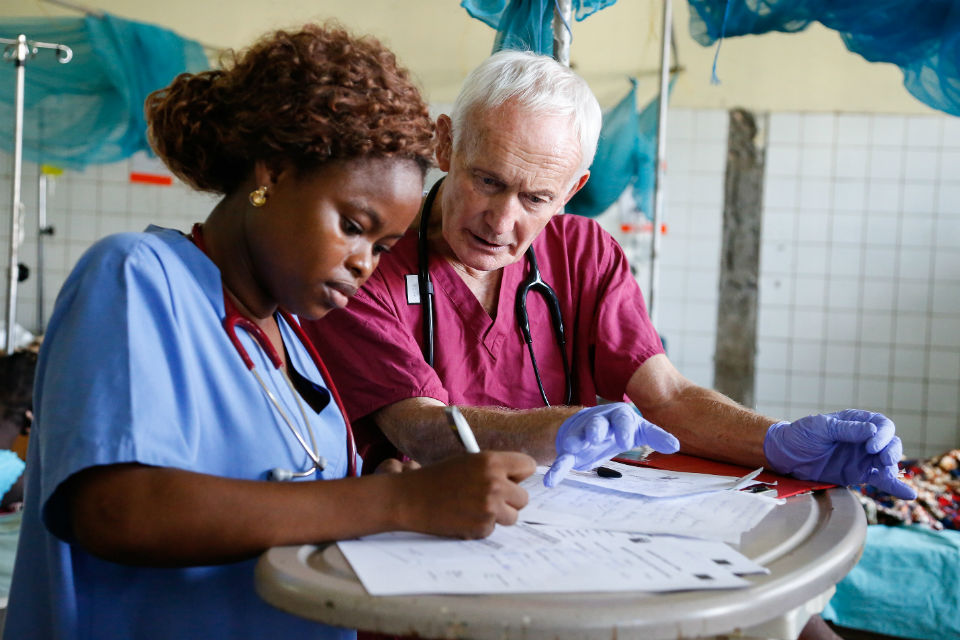
The Ebola epidemic that hit West Africa three years ago had a terrible impact on the countries directly affected. It could, however, have been significantly worse if there had not been a rapid, science-driven response by UK public servants in support of African colleagues. This included major inputs from civil servants in the departments for International Development (DFID), Health (DH), and Defence (MoD), the Foreign Office, Cabinet Office, and Public Health England (PHE), as well as many NHS and armed forces professionals
The failure of the international community to respond to the early warnings has been well documented; this was not a failure of science, but of translating the science into action. Without the benefit of hindsight, the epidemic could not have been predicted, but could have been mitigated in its early stages. Once a UK response was underway, however, it combined scientific, operational and political elements across government extremely effectively.
The initial sciences involved were: mathematical modelling, to estimate the scale and speed of the epidemic and predict its future course; public health sciences, to determine ways to reduce transmission; and laboratory virology, to help improve diagnosis.
As the epidemic response got underway, three usually unrelated sciences were central. Social science was needed to reduce transmission, because many of the issues were around deeply rooted behaviours such as burial rites and health-seeking behaviour. Clinical science helped improve the initially dire survival rates of Ebola victims. Vaccine science accelerated the development of three highly effective vaccines that will substantially reduce the chance of an epidemic of Ebola on this scale occurring again. UK science was central to all of these. Scientific advice fed into the Government’s COBR crisis-response process, using the Scientific Advisory Group in Emergencies (SAGE) system, co-chaired by the Government Chief Scientific Adviser and the Chief Medical Officer.
The Eyjafjallajökull volcano and air transport 2010
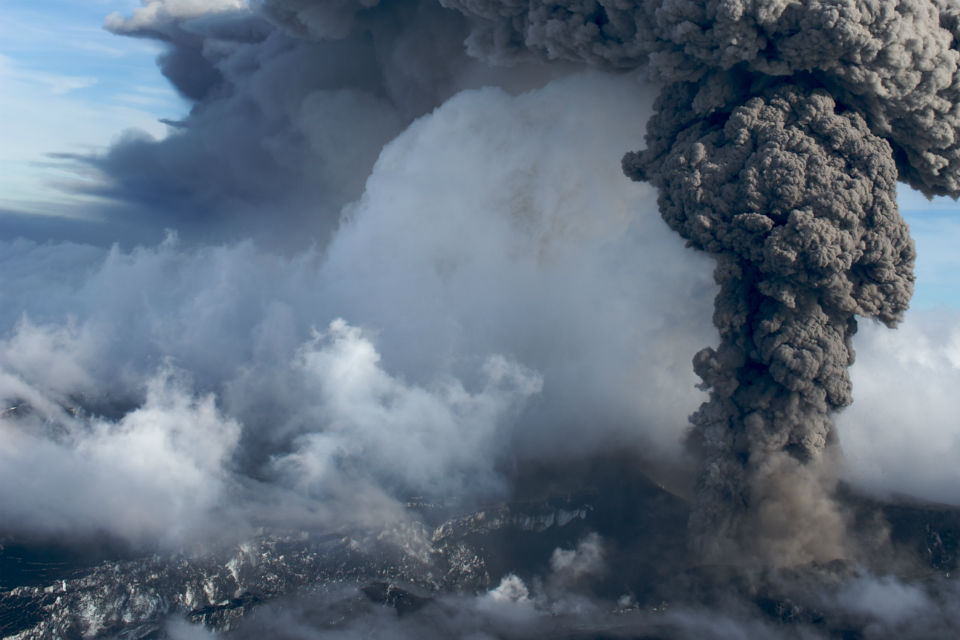
The majority of the British public were surprised that ash from a volcano in Iceland could so suddenly disrupt air transport for UK business and holiday travel. Eruptions in Iceland will happen again, potentially for prolonged periods (of a year or longer) and with more severe effects on human health and agriculture. The eruption of Laki in Iceland in 1783 sent clouds of ash and sulphur dioxide gas over Europe and may have killed around 20,000 people in England alone. Fortunately, the Eyjafjallajökull eruption of 2010 was relatively small by comparison.
Predicting where eruptions will occur is much easier than predicting when - and the volcanoes of Iceland are well studied. In this instance, the initial sciences that civil servants needed, in particular from the Department of Transport, were volcanology, to predict the scale, height and composition of the ash cloud; and monitoring and modelling by meteorologists in the UK and Iceland to track and forecast the location of characteristics of the resultant volcanic ash plumes.
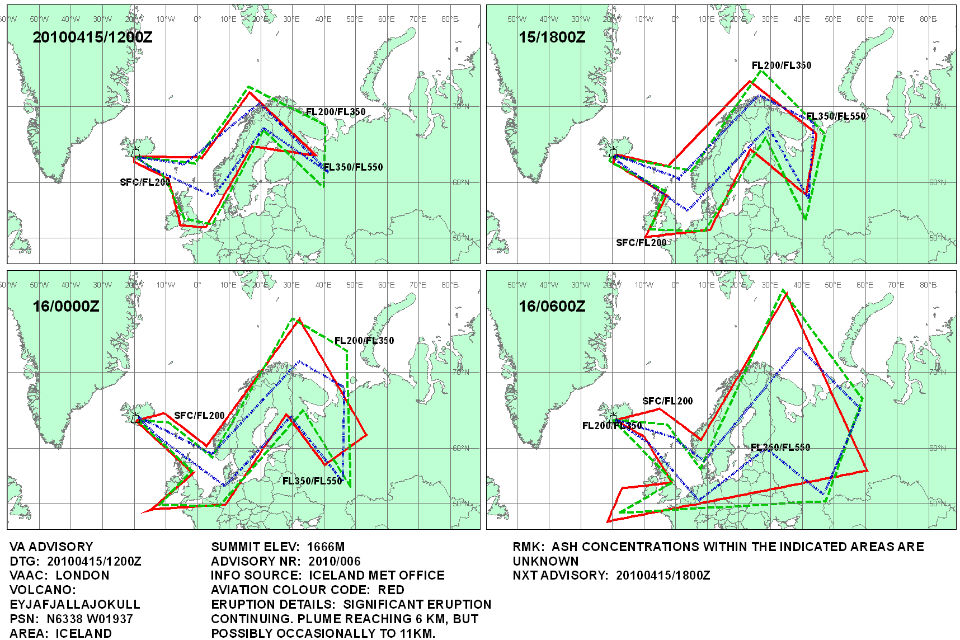
Geophysicists from the British Geological Survey provided updates on seismic activity and possible follow-on eruptions affecting UK airspace. Engineers from Rolls-Royce helped determine the effects of different concentrations of ash on engines. This allowed policy teams to strike a reasonable balance between ensuring the safety of people and aircraft flying through ash clouds and minimising travel disruption.
Multiple government departments, coordinated by the Cabinet Office, have recently undertaken an exercise in how we would respond to a larger or more prolonged volcanic eruption affecting health and agriculture in the UK, as well as transport.
The Nepal earthquake 2015 – geological sciences and engineering
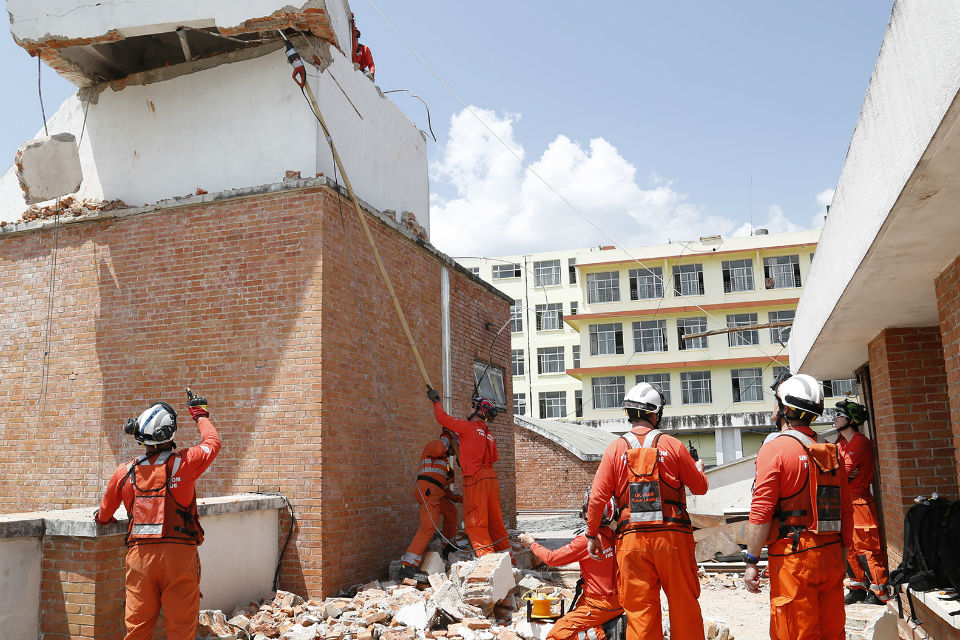
The Nepal earthquake devastated parts of Kathmandu, and caused widespread loss of life. DfID, FCO and MOD responded. The location, although not the timing, of this earthquake had been predicted, along with extensive preparation, which to some extent mitigated its impact in terms of the loss of life. UK scientists in the Earth sciences had led much of this effort.
Immediately after the first earthquake, UK university geologists helped map the direction of aftershocks to help plan relief efforts. While the initial death toll in earthquakes is the result of trauma, usually due to collapsing buildings, the primary scientific need to assist the response was to predict the possible scale and likely direction of aftershocks and a possible second earthquake. The initial quake only released around half the energy in the fault. While the initial deaths caused by earthquakes come from trauma, usually due to collapsing buildings, the predictable next wave of mortality comes from a combination of exposure (where meteorology to predict temperatures helps direct relief efforts) and disease, due to water and food disruption - epidemiology and public health expertise are essential to the response. Mapping groups were established to analyse satellite imagery in order to identify locations for temporary camps and new building work.
Satellite mapping was also used by the British Geological Survey to assess delayed damage due to landslides - which often occur later when the monsoon rains arrive - allowing UK aid to be deployed early.
For long-term recovery and to mitigate the impact of earthquakes, the key science will be engineering. The majority of fatalities can be reduced by earthquake proofing to buildings, as Japan has shown. The trade-off during reconstruction between making buildings safe and over-engineering, which increases the cost of building in poorer countries, is a difficult one. UK advice helped colleagues in the civil service of Nepal create a logical structure for addressing these difficult policy choices.
Flooding in the Somerset levels 2013-14
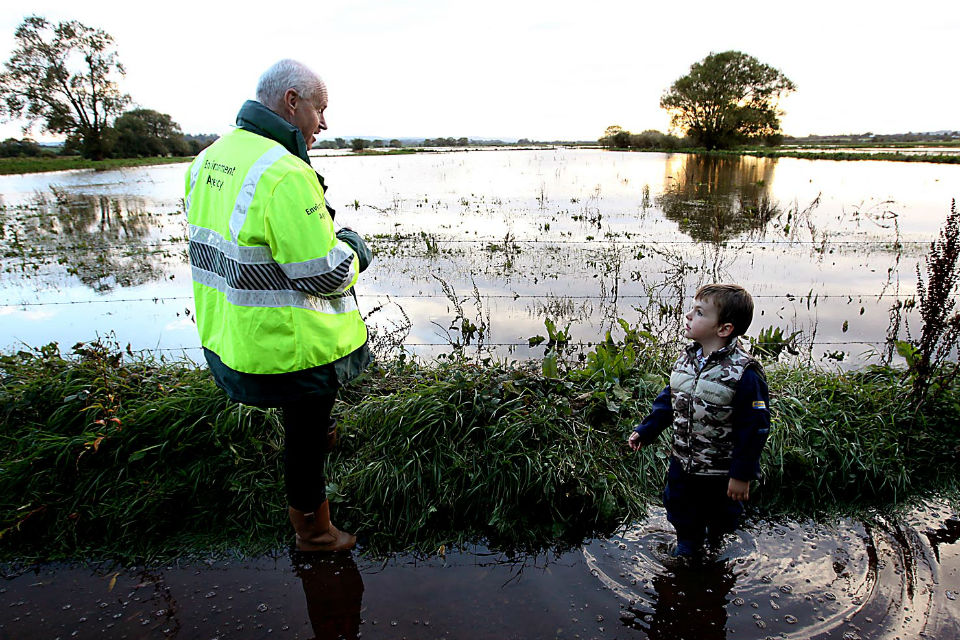
The flooding in Somerset in the winter of 2013-14 caused substantial damage and economic shocks for families and firms.
Civil Service work, led by the Department for Environment, Food & Rural Affairs (Defra) through several technical agencies, supported by Cabinet Office and MoD, helped event prediction, mitigation, response and recovery. The Met Office provided projections of further rainfall; and the British Geological Survey assessed likely groundwater drainage rates based on local geology. Academics made hydrological assessments to predict the rate of water movement through the local river systems. This helped provide a basis for government emergency response and factual communication with the public, which is so important in emergencies. The same agencies working with engineers are helping to repair and improve flood defences to mitigate future emergencies in this historically flood-prone area.
Conclusions
Emergencies will always occur. Some can be averted by prediction and the mitigation of risk based on science. However, the Civil Service has to predict, prepare for and respond to a whole range of possible eventualities. For some emergencies, such as the flooding in Somerset, much of the scientific expertise lies within government and its technical agencies. For others, including volcanic eruptions, earthquakes and the Ebola crisis, the Government has to use the extensive scientific capacity in the UK academic sector and integrate it into Civil Service policy and operations.
Most government departments will at some point have a requirement for science in an emergency. The extent to which scientific advice is already integrated into their systems under routine conditions will usually determine their ability to predict the effects of the emergency, and how rapidly they can respond, making use of the science available to them to mitigate those effects.
Recent Comments